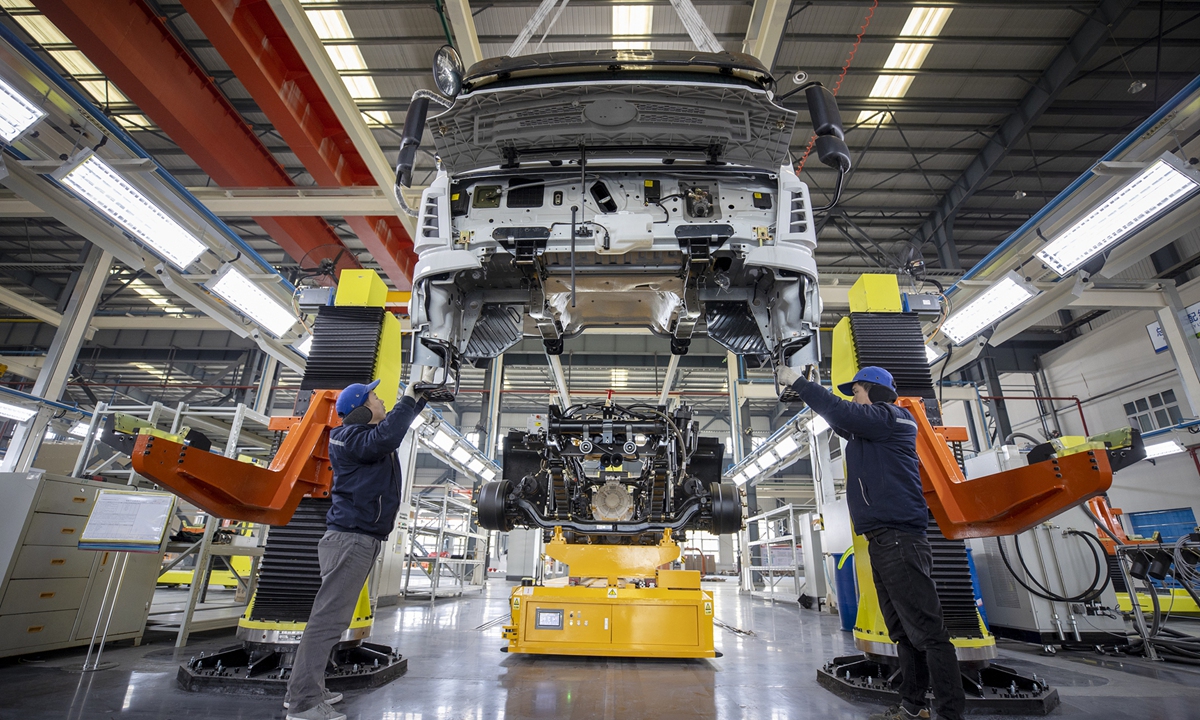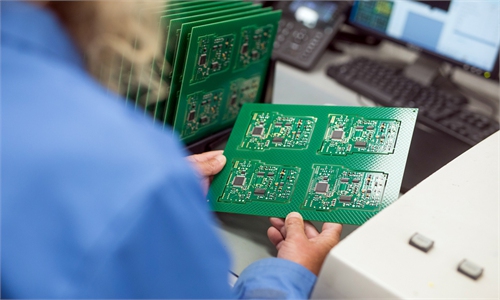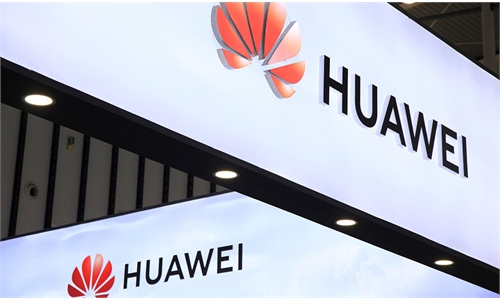COMMENTS / EXPERT ASSESSMENT
To encourage innovation, China needs dialectical analysis in technology bubbles

Employees of a commercial EV company in Yancheng, East China's Jiangsu Province, rush to complete orders. Photo: IC
After the 2008 international financial crisis, there is a saying in the world that goes as technological progress slows, the world will enter a prolonged stagnation. Yet with artificial intelligence (AI), solar energy and electric vehicles (EV) maturing over the past decade, the world economy is likely to enter a long-term expansion, in which China will play a leading role.First, AI application. Google DeepMind's AlphaGo AI's victory against South Korean Go grandmaster Lee Sedol in 2016 was a turning point in AI development. Before that, AI was still a niche technology; after that, the cost of AI dropped drastically. The fall in costs was related to AI's application in China. China has vast application scenarios for AI, which generates massive data. AI can't think; it can only be trained to be smarter with a lot of data. China has a great advantage in this respect. AI has brought disruptive changes to many industries.
Second, new energy. Climate change has become a global issue, and China has also announced its own carbon goals. To fulfill its commitment, especially to peak its national carbon emissions by 2030, China faces a tough task. Although emission reduction tasks mainly fall on industries, to reduce the proportion of coal in whole country's energy structure and to replace it with renewable energy are still top priorities. After more than a decade of development, China has one third of the world's installed photovoltaic capacity and three quarters of world's photovoltaic module production. The cost of solar power generation has fallen to the same level as thermal power generation in China.
Third, EVs. To eliminate fuel vehicles is turning into a global trend in the next two decades with many countries have rolled out their own time tables. The alternative products for fuel vehicles are EVs. China has world leading battery companies. The home-made EVs take up to 30-40 percent of the world, while some home-made fuel vehicles only account 10 percent of the world. Some leading domestic EVs have a cruising range of more than 700 kilometers. Under the same technical conditions, the cost of domestic electric vehicles is lower than that of European electric vehicles. Within a decade, China is very likely to export a large number of EVs like the Japanese automobile manufacturing industry in the 1980s.
Looking back at the history of the past two centuries, global economic expansion has always been driven by new technologies. A sign of the maturity of a new technology is that it has a wide range of application scenarios or a strong industry leading role, and the cost has dropped to a sufficiently low level. The above three technologies have these characteristics, so there is reason to believe that the world economy will enter a new expansion cycle. China will stand at the forefront of world technology and lead the world in industrial applications for the first time since the Song Dynasty. China still lags behind the US in cutting-edge technology and lags behind Europe, the US, Japan, and South Korea in terms of basic materials, it needs more knowledge, capital, and technology accumulation. However, in the field of intermediate technology and high-tech applications, China has already reached the forefront of the world.
Representatives in these fields are a group of hidden champion companies. Their production, sales and technology have achieved the world's leading. It's not hard for them to lead in sales given China's vast market size. It is even more difficult for them to achieve the world's leading position in technology. The common denominator of China's hidden champion companies is that they took advantage of China's labor and land prices to quickly occupy the market. After accumulating to a certain extent, they began to increase Research and Development (R&D) investment and finally reached the forefront of world technology. At this time, foreign competitors have basically been defeated.
China's R&D investment is close to two thirds of that of the US, but its investment in basic sciences still lags behind. Basic science investment accounts for 6 percent of China's total R&D investment, while the US exceeds 11 percent. To narrow the gap with the US on frontier high-tech fields, China needs to aim for domestic universities accounting for more than two thirds of the positions US universities take within world's top 50 universities list.
In terms of basic materials R&D, funding plays the most important role, because the cost of testing new materials is very high. In areas with clear technological routes such as silicon chips, China can use its system advantages to concentrate funds for experiments and seek breakthroughs.
However, technology innovation across most sectors still relies on markets. If the market to conduct innovation, bubble might appear. For instance, when China started increasing input in solar industry more than ten years ago, many projects was left uncompleted. At the time, many economists including me have made many criticisms, but when looking back now, we were all wrong. Also about ten years ago, China has launched a batch of EV programs in a bid to reduce dependence on oil imports and to gain advantage in the emerging industry. Bubble appears in the industry, with some even defrauding subsidies. The criticism was also high at the time, but when looking back now, the subsidy policy for EV industry was also right.
Scientific and technology innovation, especially from 0 to 1, it can't make it without the support of the capital market. The US, Germany and Japan are all good examples. While the US has the most developed capital market and most dynamic companies in the world, Germany and Japan, whose companies also have strong innovation abilities, do not have even one world leading innovative company. This does not happened by chance. Comparing with banks, the largest advantage of capital market is flexibility, which could find investors with high risk appetite for high-risk cutting-edge innovations. Because the probability of success of cutting-edge innovations is very low, the rate of return on successful innovations must be very high. Participants in the capital market are all looking for successful innovative projects, which will lead to the formation of a financial bubble. If China wants to catch up with the US in cutting-edge technological innovation, it should be psychologically prepared for this.
The author is dean of the National School of Development at Peking University. bizopinion@globaltimes.com.cn



